Enterprise Design connects customer-centric product and service development to the enterprise transformation required to deliver. And no, this is not about running another Design Thinking workshop.
Looking back on 10 years of Design Practice experience applied at scale to challenging enterprise environments, Milan will show how to use Design to give shape to enterprises.
Applied in a holistic and systemic fashion, Enterprise Design can help us deal with challenges of innovation and transformation. It acts as the glue between Customer Experience and Business Architecture, and enables us tackle the complexity that makes ambitious endeavours so ambitious – and worthy of applying our collective intelligence and creativity.
Learning Objectives:
- How to scale design practice to the enterprise level using a framework going from the Big Picture challenges to the tangible Rendering (and back)
- Achieving traceability between the Customer Experience Journey, Operational Business Architecture, Processes and Organization
- Take home a framework and approach to drive innovation and transformation projects by design in your own or client organizations
Predictive Analytics, Machine Learning and Artificial Intelligence are hot topics everywhere you go. Every organization wants to turn its digital data into gold. Data scientists are being hired, software is being purchased, clouds are being provisioned. Lots, and lots, of money is being spent to move to a new era of algorithmic, data-driven business!
And yet… not much is actually happening. Most data science projects are still experiments, trials or pilots – some have become shelfware. Outside of big-name internet firms, demonstrated success at scale is remarkably hard to find. Most companies make decisions the same way. Data science is over-promising and under-delivering.
The problem is that data scientists don’t know how to talk to business people or IT professionals. They can talk to the data just fine. They can’t talk to the business to find out what problems need to be solved. They can’t talk to IT to get their algorithms across the last mile of operational adoption.
They can’t talk to the business or to IT – but you can.
Learning Objectives:
- Why decisions matter to ML and AI – and you
- Business rules AND machine learning not business rules OR machine learning
- Why and how to define decision requirements
We all know, by now, that siloed approaches to managing ‘work’ are, at best, suboptimal and at worst a nightmare. With all the changes and pressures organizations face today, getting processes right is more important than ever. Customer experience and value delivery demands it. Information management and data quality is impossible without it. Business performance management and cross-functional business governance needs its aligned framework. Operational risk and compliance programs start with a process structure to establish controls for auditors to assess. Defining SOPs, roles and work instructions for workers are derived from process designs. Software design and development must know the requirements to connect the end to end dots. A digitalized process still follows a business workflow needed to assure data integrity. Agile software development needs a clear process scope and purpose. Culture change requires a framework to enable it to stick.
No matter if you are dealing with enterprise-wide concerns or detailed development of specific business capabilities, a process-oriented approach just delivers better results.
This ‘back to the future’ session will visit the most effective ways to use business processes to deliver better outcomes in all your efforts.
- Enterprise/Business level process practices
- Process design practices for customer value and an agile business
- Process modeling choices for business and software design
- Governance and ownership myths and realities
- The growing usage of processes for concurrently managing performance, risk and compliance
